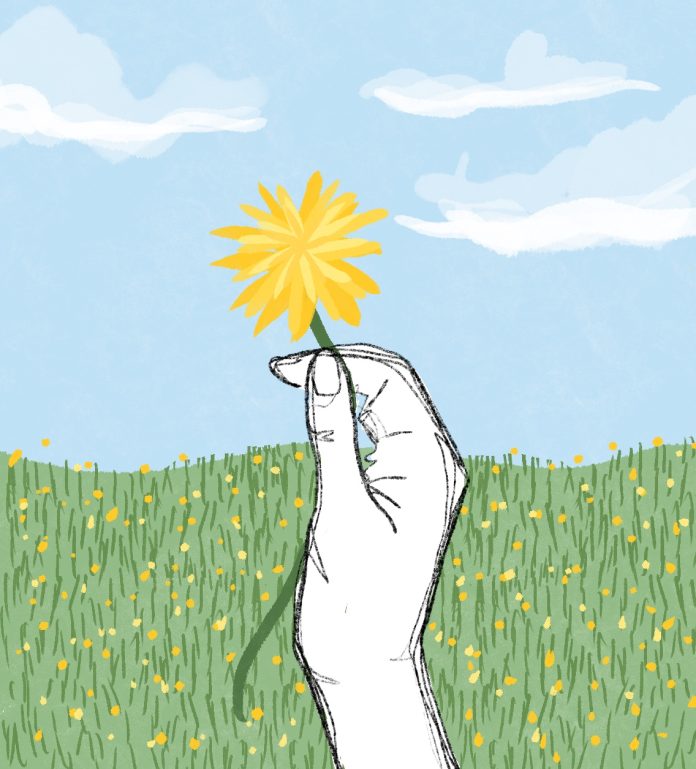Grace Ryu
Staff Writer
Whether it be Campus Point or Depressions Beach, it is impossible to attend UC Santa Barbara (UCSB) and never once visit the beautiful, sandy dunes that spread around our campus. While visiting, you may come across clumps of yellow flowers surrounded by small patches of grasses. Not to be mistaken as dandelions, their more commonly known sister plant, these are the Malacothrix Incana, or more commonly known as dunedelions.
Dunedelions are an uncommon type of perennial herb mostly found in the sandy dunes of the Channel Islands. As a native California species, they were originally found and collected in San Diego, though now extinct there. Now they are scattered across the Santa Barbara and San Luis Obispo counties, including the beaches of our campus.
While not abundant, dunedelions are not endangered as a species due to their incredible resilience. For instance, they are known to flower during all four seasons, even in the cold winter. They can also thrive in areas with little freshwater, unlike other commonly known flowering plants. That is why they are mostly found in sandy areas, such as beaches or even deserts, instead of in grassy areas full of soil.
At first glance, dunedelions are hard to differentiate from dandelions; however, upon closer look, they have enough differences to categorize them as a separate species. For instance, despite being yellow like dandelions, they are mellower and softer in shade. They often form as clusters in the sand, isolated from grassy areas, while dandelions are usually dispersed throughout. Their leaves are thicker and rounder in shape, while dandelion leaves are thinner and sharper. The petals themselves are wider at the ends than the narrower dandelion petals. Their stems can also grow up to one foot, and their flowers can expand up to an inch in width.
Due to little research being done on the species, there is not much known about the dunedelions other than their similar physical characteristics and name to the dandelions. Little is known about their impact on the ecosystem, even as insect species utilize their flower nectars, or even if they have ever been recorded to exist outside of California beaches and deserts. Despite this, it is a wonder how such an uncommon plant species found its way to our very own shores. Perhaps there is something special and unique about them that is waiting to be discovered by UCSB’s very own student population.











